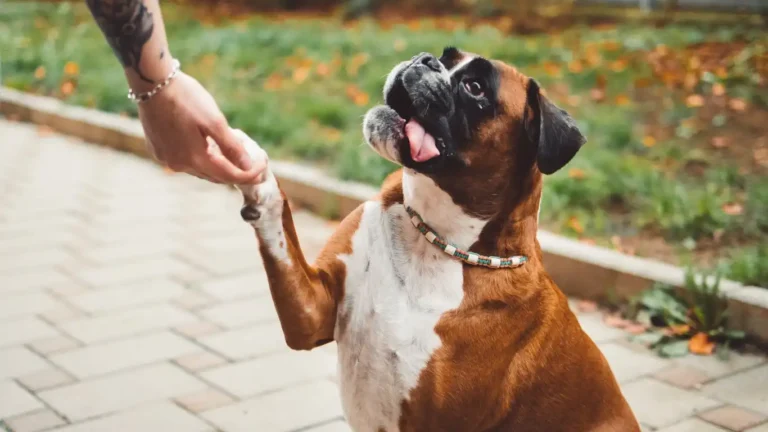Can Dogs Eat Cooked Pork? Is It Safe & Healthy for Your Furry Friend?
If you’ve ever been cooking up a juicy pork chop and noticed your pup giving you those big, hopeful eyes—you’re not alone. I can’t even count the number of times I’ve had clients at the clinic ask me, “Can dogs eat cooked pork?” It’s a question that comes up all the time, and it’s not as straightforward as a simple yes or no. With years of hands-on experience caring for dogs in both clinical and shelter settings, I’ve seen how even well-intentioned food choices can sometimes lead to unexpected vet visits. So let’s break this down the way I would if we were chatting across the exam room table, pup wagging its tail between us.
Understanding Pork in a Dog’s Diet

First things first—dogs are omnivores, which means their diet can include both animal and plant-based foods. But just because they *can* eat something doesn’t always mean they *should*. Pork is one of those meats that sits in a kind of nutritional gray zone for our furry friends. It’s high in protein, sure, but it also carries a few risks depending on how it’s cooked and what parts are being served.
I remember one sweet Lab mix we treated who had snagged a plate of leftover pork ribs from the counter—bones and all. That emergency x-ray showed exactly why bones and dogs don’t mix unless they’re the right kind. (Spoiler: pork rib bones definitely aren’t!)
So, Can Dogs Eat Cooked Pork?
Short answer? Yes, dogs can eat cooked pork—but there are some important caveats. It has to be prepared properly and given in moderation. The pork should be:
- Fully cooked (no pink, no rare bits)
- Unseasoned (no garlic, onions, or heavy spices)
- Boneless (especially no cooked bones!)
- Fat-trimmed (to avoid digestive upset or pancreatitis)
We often recommend that pet parents treat pork like a “sometimes” protein. It’s rich and tasty, but it’s not always the easiest on a dog’s digestive system. Think of it like giving your dog a treat—not a daily staple.
Risks of Feeding Pork to Dogs
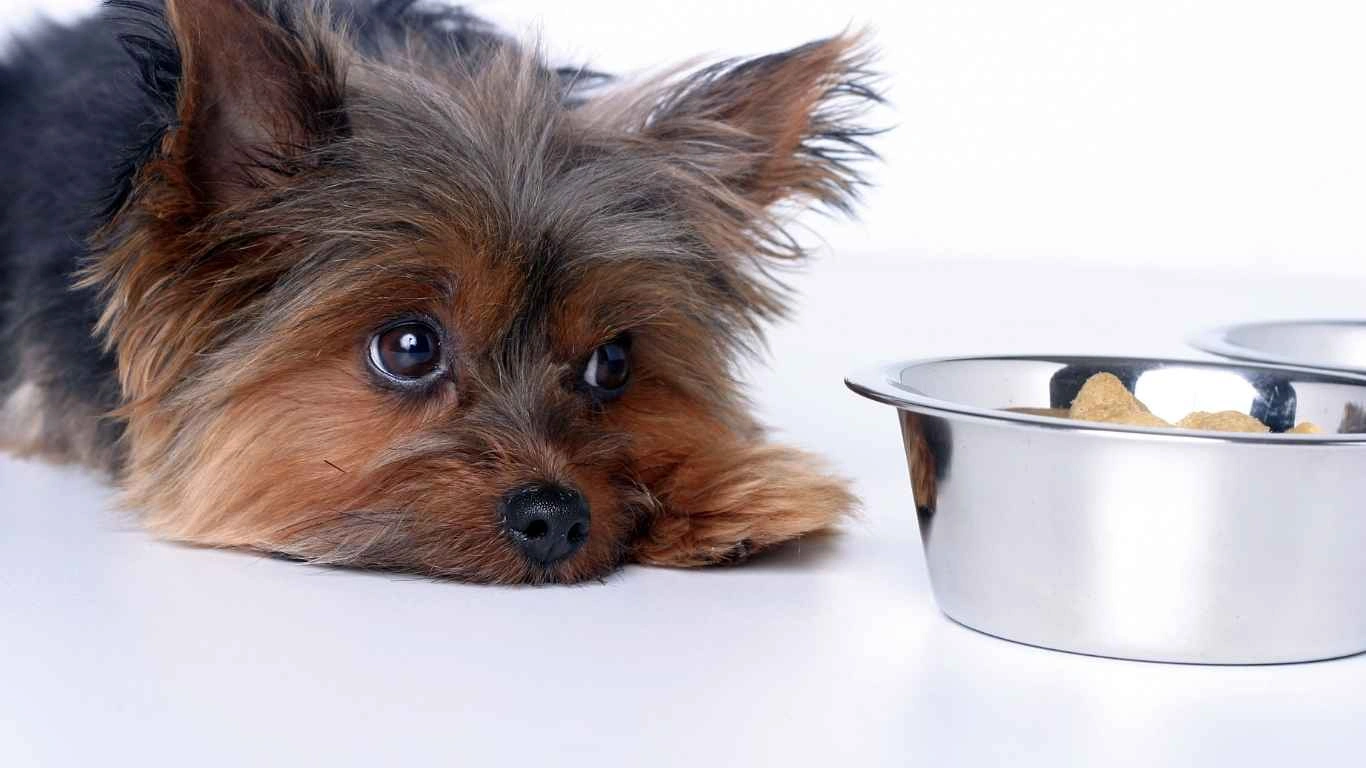
There are a few big red flags when it comes to feeding pork to dogs, and knowing these ahead of time can save you and your pup a lot of trouble. Based on what I’ve seen in the clinic over the years, here are some of the most common concerns:
1. Cooked Bones Are a No-Go
Cooked pork bones can easily splinter, turning into sharp shards that could cause choking, intestinal blockages, or internal injuries. I’ve seen everything from minor digestive issues to full-on emergency surgeries because of bone fragments.
2. High Fat Content
Fatty pork cuts like bacon or pork belly are often way too rich for dogs. High fat can lead to an upset stomach, vomiting, diarrhea, or in worst-case scenarios, pancreatitis—a serious and painful inflammation of the pancreas. I once cared for a miniature Schnauzer who got into some greasy leftover pork and ended up on IV fluids for days. It’s not worth the risk.
3. Seasonings and Marinades
Garlic and onions are toxic to dogs, and many pork dishes are cooked with them. Even small amounts can harm your pup’s red blood cells. And don’t even get me started on those store-bought marinades—many contain sugar, salt, and preservatives that can wreak havoc on a dog’s system.
4. Parasites in Undercooked Pork
Another thing to watch out for is Trichinella spiralis—a nasty little parasite that can show up in undercooked pork. While rare these days thanks to modern food safety practices, it’s still something I caution clients about. Always cook pork thoroughly before offering it to your dog.
When Pork Might Be Beneficial
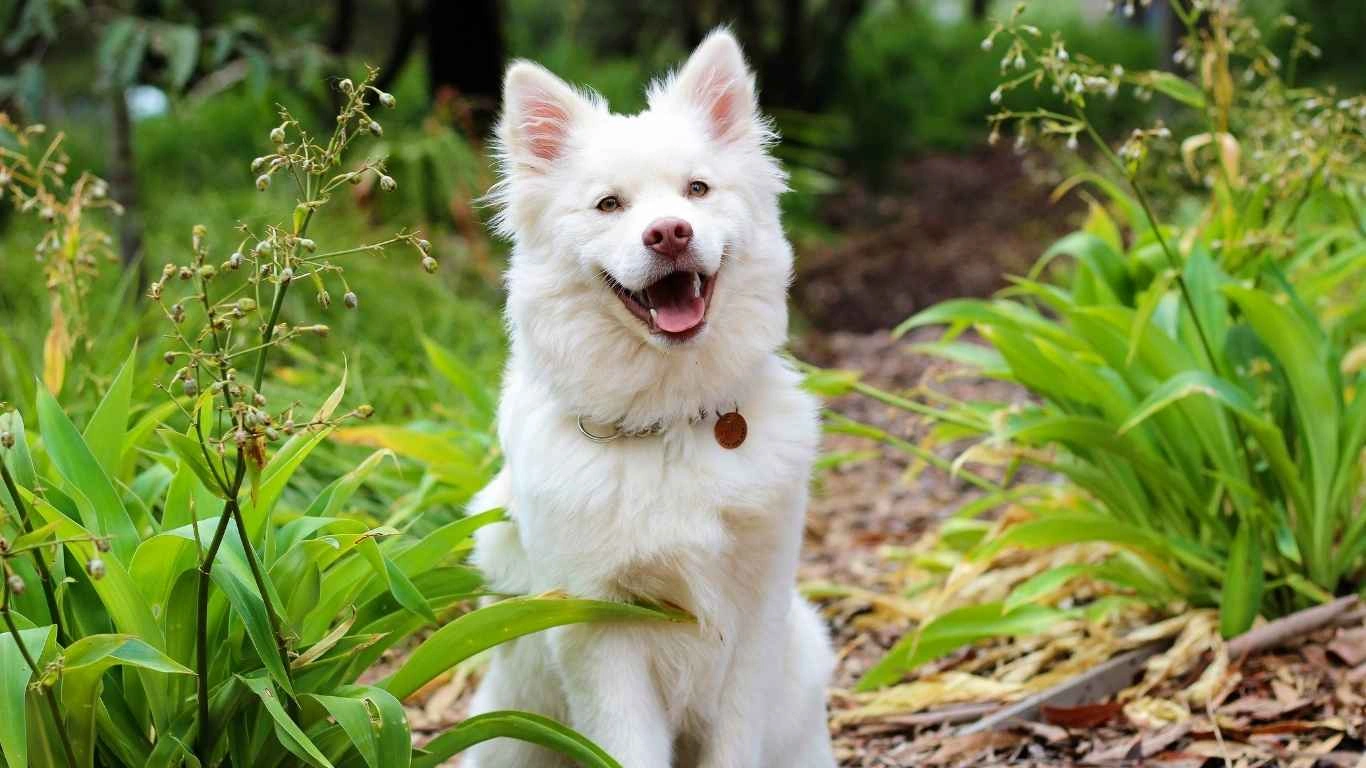
Despite the risks, pork does have some upsides—when handled correctly. I’ve worked with many rescue dogs recovering from malnourishment who benefited from a few small servings of lean, cooked pork as part of a gentle refeeding plan. It’s rich in essential amino acids and contains thiamine, which plays a role in healthy nerve and muscle function.
But again—moderation is everything. It’s not the kind of meat you want to build a whole diet around. Think of pork like that occasional pizza night for humans. Delicious? Absolutely. But best enjoyed as a treat.
Lean Pork Options That Are Safer
- Pork loin (trimmed and cooked plain)
- Center-cut pork chops (no bones, no fat)
- Pork tenderloin (a leaner cut overall)
These options are lower in fat and easier on your dog’s digestive system, especially when introduced slowly and offered in bite-sized pieces. I usually suggest starting with a tiny bit—no more than a tablespoon or two for small dogs—and watching closely for any signs of digestive upset.
How Much Cooked Pork Is Safe for Dogs?

Portion control is where a lot of well-meaning pet parents get tripped up. Just because your pup can eat cooked pork doesn’t mean you should hand over half a chop. I’ve had countless conversations in the clinic where someone would say, “But it was just a little snack!”—only to find out it was actually enough to feed a small army of Chihuahuas.
Here’s a rough guide I give my clients:
- Small dogs (under 20 lbs): no more than 1-2 tablespoons of cooked, lean pork
- Medium dogs (20–50 lbs): up to 1/4 cup max
- Large dogs (50+ lbs): 1/4 to 1/2 cup, depending on the cut and fat content
Pro tip: Always introduce a new food slowly. I’ve seen even sturdy dogs like boxers get a case of the tummy rumbles when their diet gets shaken up too quickly. Start small, mix it with their usual food, and watch how they react over the next 24 hours.
Better Alternatives to Pork for Dogs
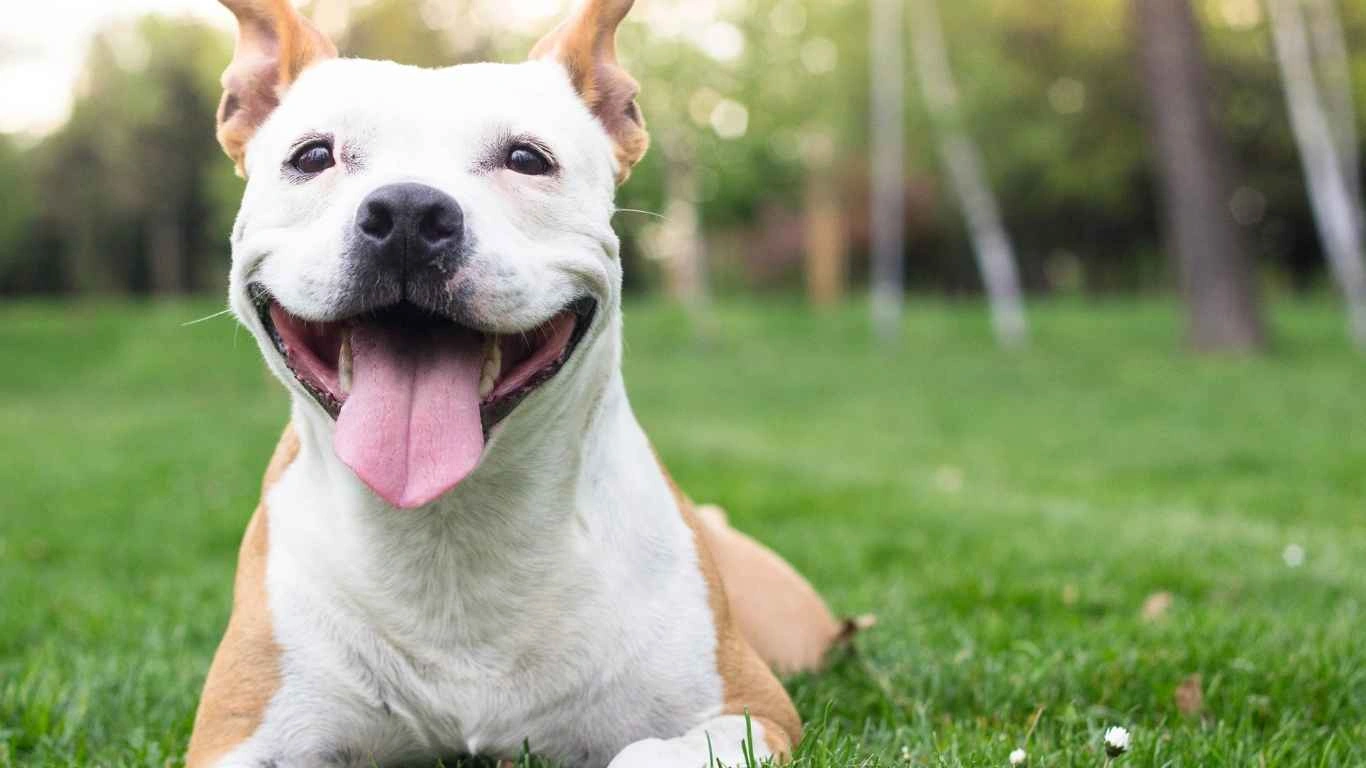
If pork isn’t sitting well with your pup or you’re just looking to mix it up, there are some cleaner, easier protein options that tend to be better tolerated. These are especially helpful if your dog has a sensitive stomach or food allergies, which—believe me—we see a lot of in the shelter environment.
Here are my go-to protein picks:
- Chicken – Lean, easy to digest, and affordable. Just make sure it’s skinless and unseasoned.
- Turkey – Similar to chicken, but a little richer in flavor. Great for picky eaters.
- Salmon – A fantastic source of omega-3s, but be careful with bones and only feed it cooked.
- Lamb – A good option for dogs with poultry sensitivities. It’s rich and flavorful, though not always budget-friendly.
That said, I totally get wanting to share what you’re eating—especially if it’s homemade and you know exactly what’s in it. Just remember: not everything that’s good for us is good for them. I once had a client who made her dog a full pork stir-fry dinner… with garlic and soy sauce. Let’s just say her pup didn’t appreciate the effort quite as much as she hoped.
Signs Pork Isn’t Sitting Well with Your Dog

So, you’ve given your dog a bit of cooked pork, and now you’re watching like a hawk to make sure they’re okay—totally normal. The good news is most dogs will be just fine if the pork was cooked properly and served in a reasonable portion. But sometimes, their systems just don’t vibe with it.
Watch out for these common signs:
- Vomiting – One of the first clues something didn’t agree with them
- Loose stools or diarrhea – A very common reaction to fatty or rich foods
- Lethargy – If they’re unusually tired or sluggish, especially a few hours after eating
- Excessive gas or bloating – Yep, dogs get gassy too, and it’s not always pleasant
One time, I had a nervous shepherd mix come in with a rock-hard belly after sneaking some leftover pork roast. Poor guy looked like he swallowed a football. We had to work him through some serious gas and bloating—thankfully no blockages, but it wasn’t fun for anyone involved.
Common Myths About Feeding Dogs Pork
There’s a lot of misinformation floating around, especially online. As someone who’s been on the ground floor of animal care, I’ve heard all the myths—some silly, some downright dangerous. Let’s bust a few of the big ones:
“Pork is toxic to dogs.”
Not true. Pork isn’t inherently toxic like chocolate or xylitol. It’s just tricky to prepare safely, and there’s more room for error with bones, fat, and seasoning.
“Dogs should eat like wolves, so raw pork is fine.”
This one gets under my skin a little. While raw feeding can be done responsibly under vet supervision, raw pork has too high a risk of parasites—especially Trichinella. Modern domestic dogs aren’t wild wolves, and their gut health is a different story altogether.
“If it’s safe for humans, it’s safe for dogs.”
Ah, if only. Human food often includes ingredients that are toxic or irritating to dogs. Seasoned pork, especially cured types like ham or bacon, can contain nitrates, too much salt, or other preservatives that don’t belong anywhere near your pup’s bowl.
When to Call Your Vet
If you’ve given your dog a bit of cooked pork and they’re acting off—don’t wait it out if things seem serious. I always say, trust your gut. You know your dog better than anyone else, and if they’re behaving in a way that feels “not quite right,” there’s no harm in checking in with your vet.
Reach out immediately if you notice:
- Repeated vomiting or diarrhea that lasts more than 12–24 hours
- Signs of pain, like whining, panting, or refusing to move
- Bloody stools or vomiting
- Swollen, firm belly (especially paired with restlessness)
One of the best parts of working in a clinic has been helping owners learn when something’s minor and when it’s worth sounding the alarm. Pork-related issues don’t usually spiral if caught early, but ignoring symptoms can lead to more serious problems down the road.
Can Dogs Eat Cooked Pork Regularly?
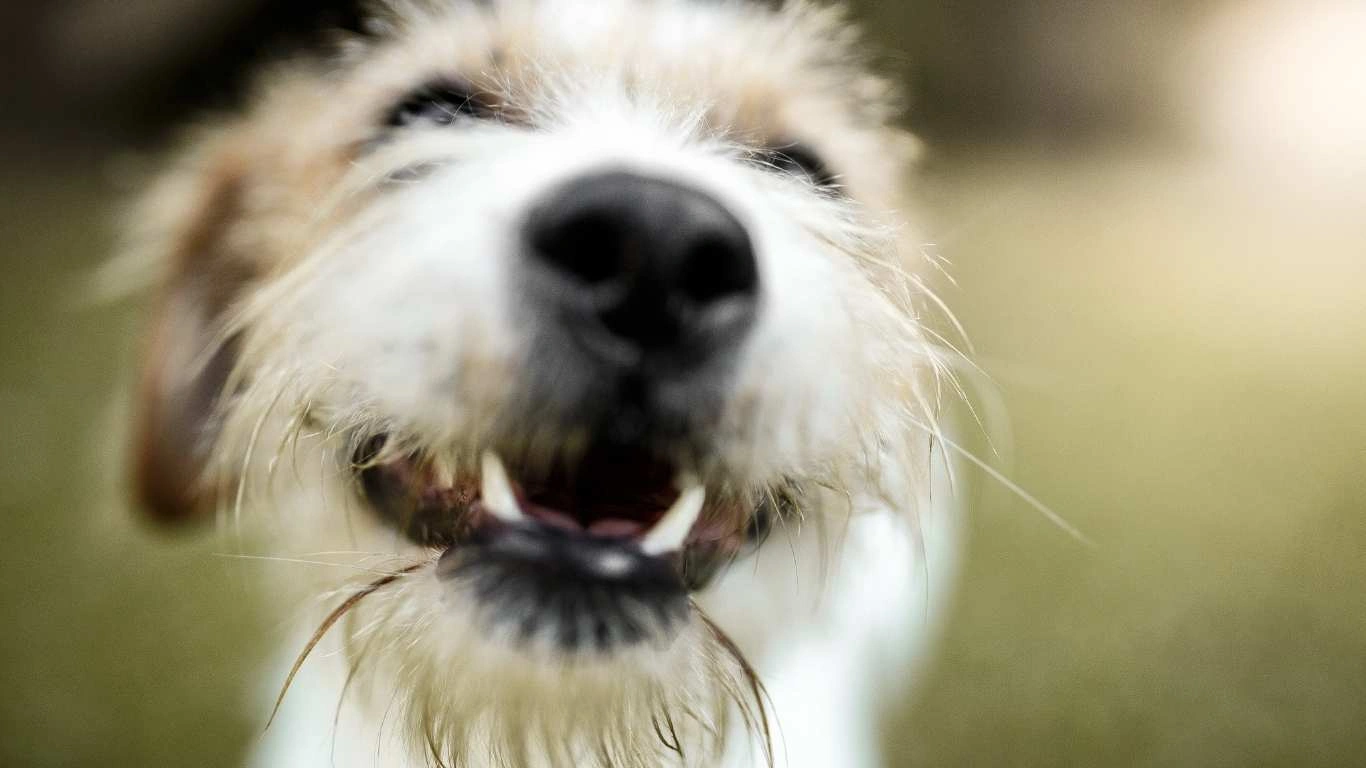
We’ve covered the basics of cooked pork being safe for dogs in moderation, but what about the idea of including it in their diet on a regular basis? It’s tempting, right? I mean, if your dog loves it, why not offer it more often? But here’s the thing—regularly feeding pork isn’t the best choice for most dogs.
As a pet care professional, I’ve seen firsthand the issues that arise when well-meaning owners try to build a dog’s diet around one or two types of meat, including pork. Here’s why I usually steer clear of recommending pork as a mainstay in your dog’s meals:
- Fat Content: Pork is rich in fat, and while fat is an essential part of a dog’s diet, too much can lead to weight gain, digestive issues, and even pancreatitis. If you’re feeding pork too often, it’s easy to unintentionally overdo the fat content.
- Variety Is Key: Dogs need a balanced, varied diet to get all the necessary nutrients. Relying too heavily on any single protein source can lead to deficiencies in other important vitamins and minerals.
- Potential for Allergies: While not common, some dogs may develop allergies to pork over time. Switching up their protein sources helps prevent that from becoming an issue.
Instead of giving your dog pork all the time, aim for variety. I often recommend rotating between lean proteins like chicken, turkey, or even fish. That way, you can ensure your dog is getting a good mix of nutrients without the risk of overfeeding any one type of fat or protein.
What to Do If Your Dog Has an Adverse Reaction to Pork
If you notice your dog having an adverse reaction after eating cooked pork, don’t panic. But do act fast! Here’s what I suggest you do:
1. Monitor Your Dog’s Symptoms
Keep an eye out for signs like vomiting, diarrhea, bloating, or lethargy. Some mild discomfort can be normal after trying a new food, but if symptoms persist for more than 24 hours or worsen, it’s time to take action.
2. Hydration is Important
If your dog is experiencing diarrhea or vomiting, it’s important to keep them hydrated. Dehydration can be dangerous, especially for smaller dogs, so offer them fresh water frequently. You can also try giving them ice cubes if they’re not keen on drinking water.
3. Call Your Vet If Necessary
If you notice any severe symptoms, such as blood in their stool, constant vomiting, or if they seem in pain, don’t hesitate to contact your vet. While pork-related issues usually aren’t life-threatening, it’s always better to be safe than sorry. I’ve seen enough stressed-out owners rushing in after realizing their dog ingested something they shouldn’t have. Early intervention can make all the difference!
How to Safely Serve Pork to Your Dog
If you’ve decided to share a small portion of cooked pork with your pup, here are some tips to do it safely:
- Cook It Thoroughly: Always cook the pork fully. Undercooked pork can carry parasites, which can be harmful to your dog. Keep it simple—no seasoning, no bones, and definitely no garlic or onions.
- Remove All Bones: Pork bones, especially when cooked, can splinter and cause serious injury. Always double-check to ensure there are no sharp bits that could hurt your dog.
- Cut Into Small Pieces: Make sure the pork is cut into bite-sized pieces to reduce the risk of choking. It also helps with digestion since your dog doesn’t have to break down large chunks.
- Limit the Frequency: While pork is tasty, it’s not something that should be a regular part of your dog’s diet. Treat it as an occasional snack or added protein to their regular meals.
References
For more in-depth information on pet nutrition and safety, check out these trusted sources:
- American Kennel Club – Dog Health and Nutrition
- PetMD – Pet Care & Pet Health Articles
- National Institutes of Health – Healthy Eating for Dogs
- Health – Dog Nutrition and Well-Being
Disclaimer
The information provided in this article is intended for general informational purposes only. It is not a substitute for professional veterinary advice, diagnosis, or treatment. Always consult with a qualified veterinarian before making changes to your dog’s diet or if you have concerns about their health.





